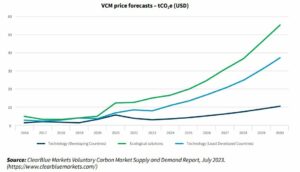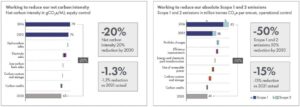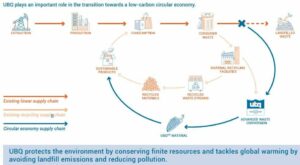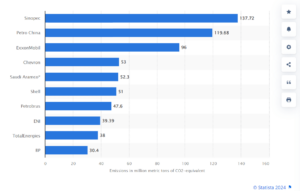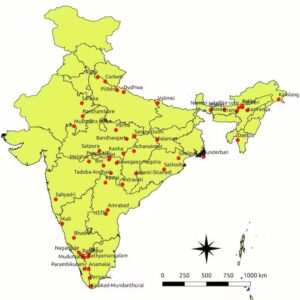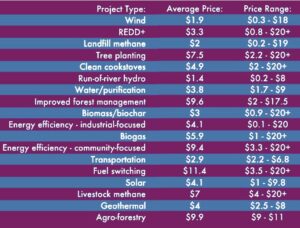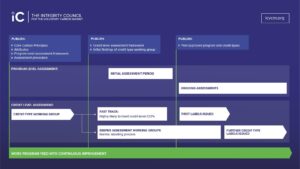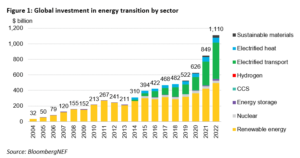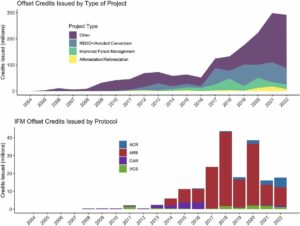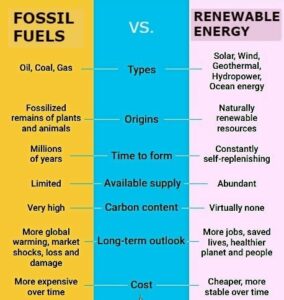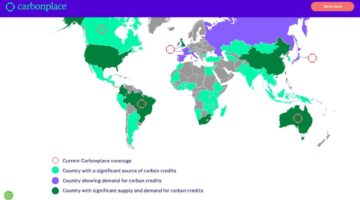The U.S. government will give small forest landowners $150 million in grants to allow them to benefit from the carbon credit market and work with corporations seeking to buy carbon offsets.
The grant program was revealed at a conference in coastal Georgia by the Agriculture Secretary Tom Vilsack. The subsidy will give small and underserved forest landowners managing 2,500 acres (1,011 hectares) or less more chances to participate in the growing carbon market.
The ultimate goal is to protect the U.S. forests to help fight climate change.
Funding Nature-Based Climate Solutions
The current global investments in NCS or NBS are at around $154 billion a year. While it sounds plenty, it is still not enough to stir massive efforts to sequester carbon through nature. The UN said that amount has to double to $384 B by 2025 and quadruple to $674 B by 2050.
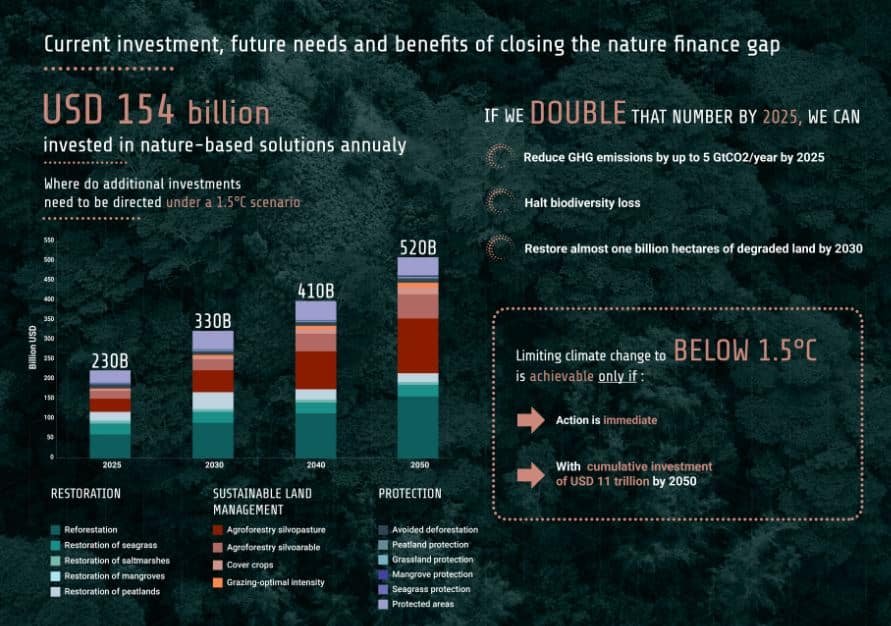

Closing that nature financing gap is crucial to tackle the climate crisis.
To help close the financing gap, the Agriculture Department will roll out $150 M supporting small forest owners.
Secretary Vilsack highlighted one particular barrier for this group of landowners to participate in carbon markets, saying that:
“In order for those small, privately held forest owners to be able to do what they need and want to do requires a bit of technical help… And sometimes that technical help is not easy to find. And it’s certainly not easy to afford.”
Both technical and financial barriers keep small landowners covering less than 5,000 acres from benefiting in selling carbon credits. And though large companies invest billions into protecting forests via carbon offsets, family landowners don’t satisfy the eligibility criteria.
To be eligible, they need to have inventory, land management plans, and models to determine their land’s carbon value. Doors remain closed for them in the carbon space.
Opening More Doors in Carbon Markets
As carbon markets continue to show promising growth over the past years, more players are joining in. The voluntary carbon market was valued at $2 billion last year and forecasts show it will even grow exponentially.
But the ones benefiting the most from the sales of carbon credits don’t significantly include the small forestland owners. Revenues from carbon offset credits have mostly benefited large forest owners. This is what the government’s $150 M subsidy program will address.
The grant is from the most notable climate law passed by the US Congress in 2022. The funding program targets small landowners with 2,500 acres or less, and the underserved owners like military veterans.
Despite criticisms of the effectiveness of forests in capturing and sequestering carbon, payments for landowners growing and protecting trees increased. Large companies still rely on forest carbon sequestration and pay for the credits to offset their own emissions.
Amid plummeting prices of nature-based carbon offset credits, the UN panel seems to favor nature-based solutions over tech based carbon removals. The UN-backed believes that natural climate solutions (NCS) play a big role in achieving the Paris goals as shown below.
NCS includes forest projects that give landowners incentives not to cut down trees or sell their land to corporate developers.
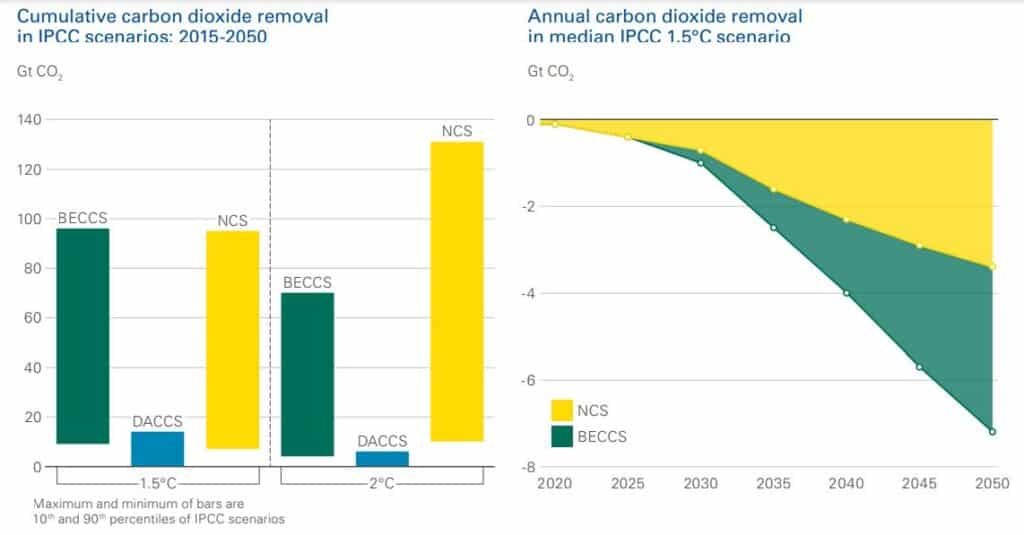

Earlier this month, Finite Carbon and LandYield partnered in a groundbreaking project that also aimed at breaking barriers to open new opportunities for family forest landowners to benefit from carbon credits. They launched a new platform “CORE Carbon” for landowners with 40-5,000 acres to enroll in a carbon offset program.
Years ago, a similar program was created by the Nature Conservancy and the American Forest Foundation that allowed family landowners to apply for subsidies of up to $25mln. The grant covered considerable costs for these landowners to generate carbon credits and earn from selling them.
Earning Extra Through Carbon Credits
The recent grant was first introduced to the host of the conference where the program was announced. The group called the Sustainable Forestry and African American Land Retention Network represents black forest landowners covering the Southern states. These include Alabama, Arkansas, Georgia, Mississippi, North Carolina, South Carolina, Texas and Virginia.
The group’s leader said that they’ll apply for the subsidy program though they don’t know the actual demand yet. It will depend on how much the smaller forest owners can earn from the carbon offset credits.
The income won’t be that huge, given the smaller acreage involved, but it would be enough to “pay the taxes”. According to the American Forest Foundation, the small landowners under their forest carbon program are earning $10 per acre a year on average.
So for a landowner managing a 1,500-acre forestland, that would be $15,000 a year income. It’s not huge but others could earn more than that. If prices go up, so do their potential earnings.
In a move to empower small forest landowners, the $150 million grant program aims to bridge the gap in the carbon credit market. This initiative not only unlocks income opportunities for smaller, underserved landowners but also fortifies the nation’s fight against climate change through nature-based solutions.
- SEO Powered Content & PR Distribution. Get Amplified Today.
- PlatoData.Network Vertical Generative Ai. Empower Yourself. Access Here.
- PlatoAiStream. Web3 Intelligence. Knowledge Amplified. Access Here.
- PlatoESG. Automotive / EVs, Carbon, CleanTech, Energy, Environment, Solar, Waste Management. Access Here.
- PlatoHealth. Biotech and Clinical Trials Intelligence. Access Here.
- ChartPrime. Elevate your Trading Game with ChartPrime. Access Here.
- BlockOffsets. Modernizing Environmental Offset Ownership. Access Here.
- Source: https://carboncredits.com/a-150m-boost-allowing-small-forest-owners-to-profit-from-carbon-credits/
- :has
- :is
- :not
- :where
- $UP
- 000
- 1
- 2022
- 2050
- 500
- a
- Able
- According
- achieving
- acres
- actual
- address
- African
- against
- ago
- agriculture
- Agriculture Department
- aimed
- aims
- Alabama
- allow
- allowed
- Allowing
- also
- American
- amount
- and
- announced
- Apply
- ARE
- arkansas
- around
- AS
- At
- average
- barrier
- barriers
- based
- BE
- believes
- below
- benefit
- benefiting
- Big
- billions
- Bit
- Black
- boost
- Breaking
- BRIDGE
- but
- buy
- by
- called
- CAN
- Capturing
- carbon
- carbon credits
- Carbon Offsets
- Carbon Sequestration
- Carolina
- certainly
- chances
- change
- Climate
- Climate change
- climate crisis
- Close
- closed
- Companies
- Conference
- Congress
- considerable
- continue
- Corporate
- Corporations
- Costs
- could
- covered
- covering
- created
- credit
- Credits
- crisis
- criteria
- crucial
- Current
- Cut
- data
- Demand
- Department
- Determine
- developers
- do
- Dont
- doors
- down
- earn
- Earning
- Earnings
- easy
- effectiveness
- efforts
- eligibility
- eligible
- Emissions
- empower
- enough
- Even
- exponentially
- extra
- family
- favor
- fight
- financial
- financing
- Find
- First
- For
- forecasts
- forest
- Foundation
- from
- funding
- gap
- generate
- Georgia
- Give
- given
- Global
- Go
- goal
- Goals
- Government
- grant
- grants
- groundbreaking
- Group
- Group’s
- Grow
- Growing
- Growth
- Have
- Held
- help
- Highlighted
- host
- How
- http
- HTTPS
- huge
- if
- in
- Incentives
- include
- includes
- Income
- increased
- Initiative
- into
- introduced
- inventory
- Invest
- Investments
- involved
- IT
- joining
- jpg
- Keep
- Know
- Land
- landowners
- large
- Last
- Last Year
- launched
- Law
- leader
- less
- like
- management
- managing
- Market
- Markets
- massive
- max-width
- Military
- million
- Mississippi
- models
- Month
- more
- most
- mostly
- move
- much
- Nations
- Natural
- Nature
- Need
- net
- network
- New
- New Platform
- North
- north carolina
- notable
- of
- offset
- offsets
- on
- ONE
- ones
- only
- open
- opportunities
- or
- order
- Others
- out
- over
- own
- owners
- panel
- paris
- participate
- particular
- partnered
- passed
- past
- Pay
- payments
- per
- plans
- platform
- plato
- Plato Data Intelligence
- PlatoData
- Play
- players
- Plenty
- potential
- Prices
- Profit
- Program
- project
- projects
- promising
- protect
- protecting
- recent
- rely
- remain
- removal
- represents
- requires
- retention
- Revealed
- revenues
- Role
- Roll
- s
- Said
- sales
- saying
- secretary
- seeking
- seems
- sell
- Selling
- sequestration
- show
- shown
- significantly
- similar
- small
- smaller
- So
- Solutions
- sometimes
- South
- South carolina
- Southern
- Space
- States
- Still
- Stir
- subsidy
- Supporting
- sustainable
- tackle
- targets
- tech
- Technical
- Technologies
- texas
- than
- that
- The
- their
- Them
- These
- they
- this
- those
- though?
- Through
- to
- tom
- Trees
- u.s.
- U.S. government
- ultimate
- UN
- under
- underserved
- unlocks
- us
- us congress
- value
- valued
- Veterans
- via
- virginia
- voluntary
- W3
- want
- was
- webp
- What
- while
- will
- with
- Work
- would
- year
- years
- yet
- zephyrnet
- zero


